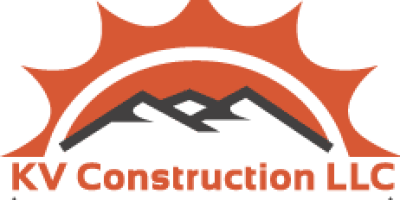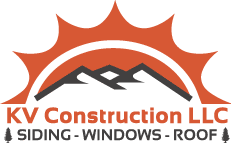HardiePlank siding, often chosen for its durability and aesthetic appeal, offers several benefits and considerations for homeowners considering home renovation or construction. This article delves into the advantages, disadvantages, and associated costs of HardiePlank siding, providing essential insights for those planning to upgrade their home’s exterior.
Durability and Longevity
One of the primary advantages of HardiePlank siding is its exceptional durability. Made from a blend of cement, sand, and cellulose fibers, this siding material is resistant to the most severe weather conditions, including strong winds, hail, and heavy rains. Unlike traditional wood siding, it does not succumb to decay or rot. Additionally, HardiePlank is fire-resistant, providing an extra layer of safety for residential structures.
Aesthetic Versatility
HardiePlank siding is renowned for its versatility in design and aesthetics. It is available in a wide range of colors and textures, mimicking the look of natural wood grain or smooth, contemporary finishes. This versatility makes it an ideal choice for various architectural styles, from classic to modern homes, ensuring that every homeowner can find a match for their personal taste and home’s architectural style.
Maintenance Requirements
While HardiePlank siding is low-maintenance compared to wood siding, it does require some upkeep to maintain its appearance and longevity. The siding should be washed annually with a garden hose and a mild cleaning solution to remove dirt and grime. Additionally, while the color finish is durable, it may eventually fade and require repainting approximately every 15 to 20 years, depending on exposure to direct sunlight and harsh weather conditions.
Environmental Impact
HardiePlank siding is considered a green building material. It is made from sustainable materials that have a low environmental impact. Additionally, its durability and longevity contribute to less frequent replacements, reducing waste and the demand for raw materials. This aspect is particularly appealing to homeowners looking to reduce their ecological footprint.
Cost Considerations
The installation cost of HardiePlank siding can vary depending on several factors, including the size of the home, geographic location, and the complexity of the installation. On average, it tends to be more expensive than vinyl siding but less costly than high-end wood siding. Homeowners should consider not only the upfront costs but also the long-term savings due to its durability and low maintenance requirements.
Installation and Professional Services
Proper installation of HardiePlank siding is crucial for maximizing its benefits. Incorrect installation can lead to problems such as moisture intrusion, which can undermine the siding’s durability and aesthetic appearance. It is advisable to hire experienced professionals who specialize in siding installation. In Seattle, WA, KV construction LLC offers expert siding services, ensuring that your HardiePlank siding is installed with precision and care, optimizing its performance and enhancing your home’s value.
Conclusion
Choosing HardiePlank siding involves balancing its upfront costs against the long-term benefits it offers in terms of durability, maintenance, aesthetic flexibility, and environmental impact. By understanding these factors, homeowners can make informed decisions that align with their budget, aesthetic preferences, and sustainability values.


